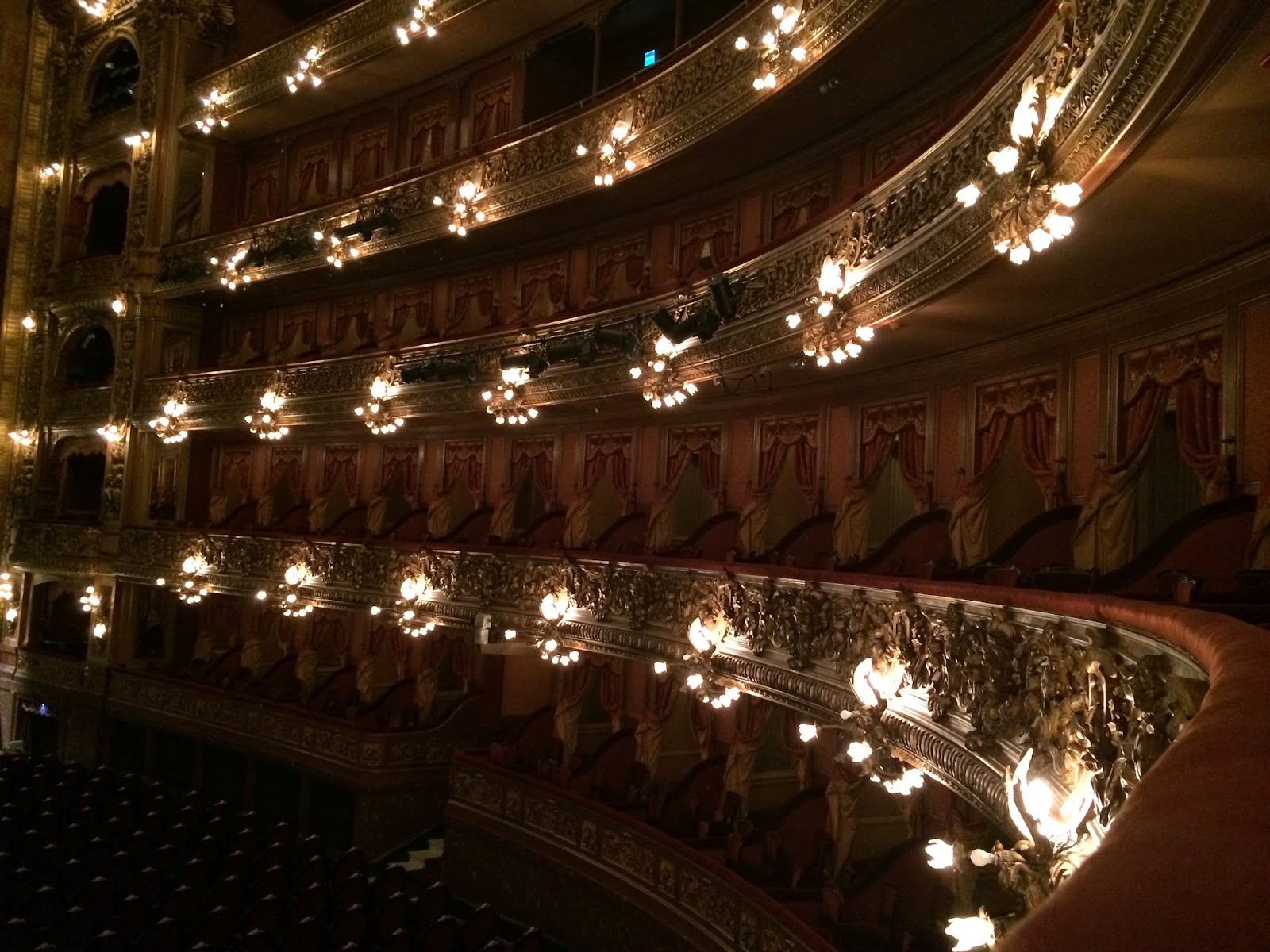We took a walking tour of the Recoleta area in Buenos Aires that included a memorial to the Argentinians who died in the Falklands War. In case this corner of 20th-century history is rusty for you, the Falkland Islands, or Las Malvinas to folks around here, is a small archipelago off the coast of Argentina that's been controlled by the UK since 1830 or so. In 1982 Argentina's military dictatorship decided to retake the islands to drum up popular support. After about 3 months the Brits won, and not long afterward the dictatorship fell. Most Argentinians seem to agree that the government that started the war was sketchy and responsible for the disappearance of somewhere between 20,000–30,000 people. However, many are still very bitter and vocal about the war itself and the UK's continued control of the islands.
So now you see why it's funny that this memorial:
is overlooked by this memorial (in the far center):
It's hard to tell in my photo, but that is an intergovernmental-gift-sized replica of Big Ben. Like from England. Given long before the conflict, but still–kind of funny.
Also from the same plaza you can see this tall and very modern-looking building.
See that green dome peeking out from behind it on the left? That's a lovely neoclassical church that used to be visible from the palacio (mansion) of a rich and powerful old-money family across the park. They basically paid to build it and considered it their family chapel. Then the old-money son broke off his engagement to a new-money girl because his mama disapproved of the nouveau riche. When the new-money mama built her tall, starkly modern, decidedly un-neo-anything building, whose view do you suppose she decided to block?
Those two pointy-in-the-middle structures and their stories are why we have dubbed this park Middle Finger Plaza.




















































